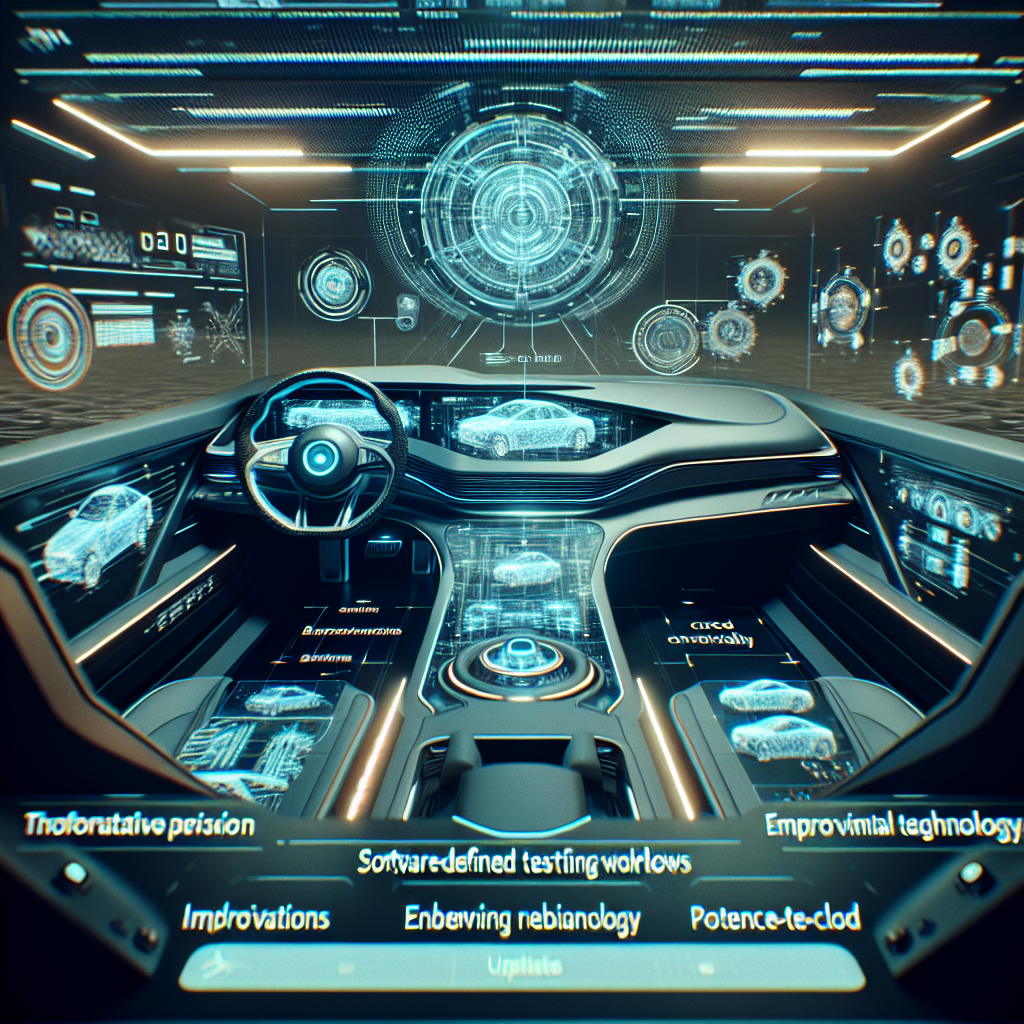
In a significant advancement for software-defined vehicles, Stellantis has unveiled a revolutionary AI-powered testing system for automotive electrical and electronic (E/E) systems, marking a major step forward in the development of connected cars. This new approach promises to dramatically reduce development time while ensuring more reliable over-the-air (OTA) updates for vehicles already on the road [1].
The automotive industry is witnessing a fundamental shift as vehicles become increasingly software-dependent, with Stellantis leading the charge through its innovative testing methodologies. The company's new AI-driven workflows are specifically designed to handle the complexities of modern vehicle architecture, enabling faster validation of software updates and new features [1].
Supporting this technological evolution, OdoSolutions has developed advanced CAN-to-cloud technology that facilitates seamless data transfer between vehicles and cloud infrastructure. This development is particularly significant for the UK's Drive35 and CAM Pathfinder initiatives, which aim to accelerate the adoption of connected and autonomous mobility solutions [2].
The integration of AI-driven testing systems represents a crucial advancement in ensuring the reliability and safety of software-defined vehicles. These systems can rapidly identify potential issues and validate solutions, significantly reducing the time required for testing and verification of new software features [1].
This technological breakthrough comes at a time when the automotive industry is increasingly focused on developing vehicles that can be updated and enhanced throughout their lifecycle. The new testing capabilities enable manufacturers to deliver more frequent and reliable over-the-air updates, ensuring that vehicles can maintain optimal performance and receive new features long after their initial purchase [1].
















